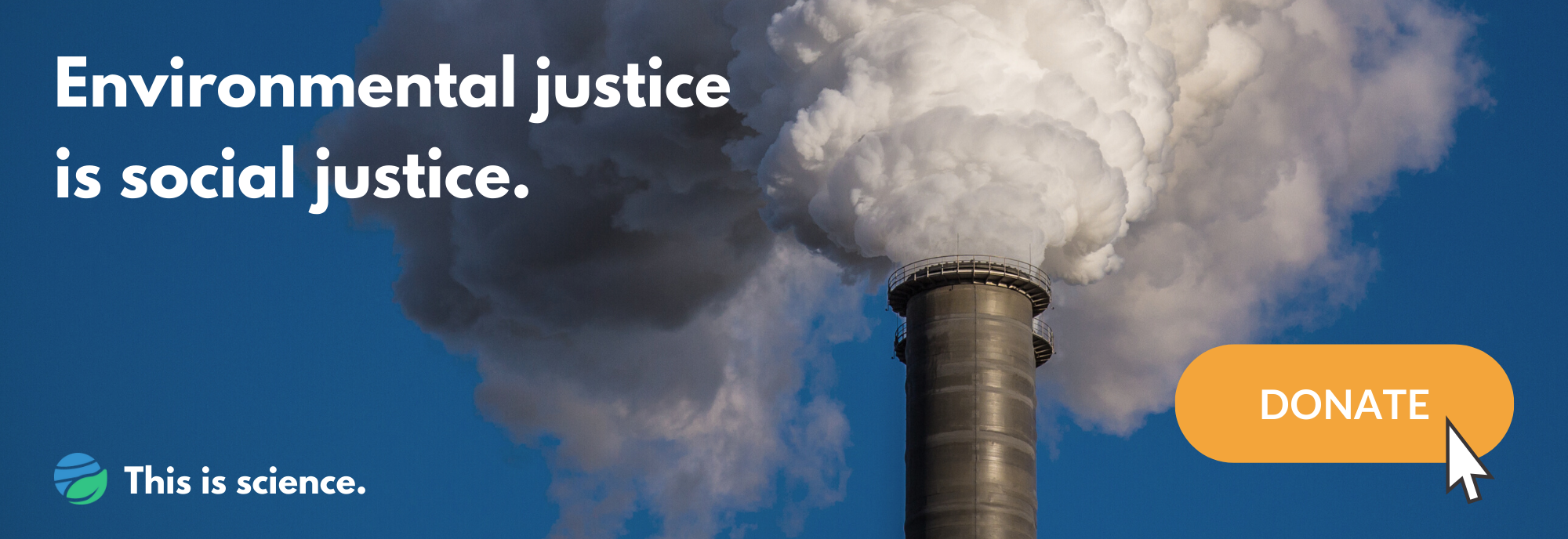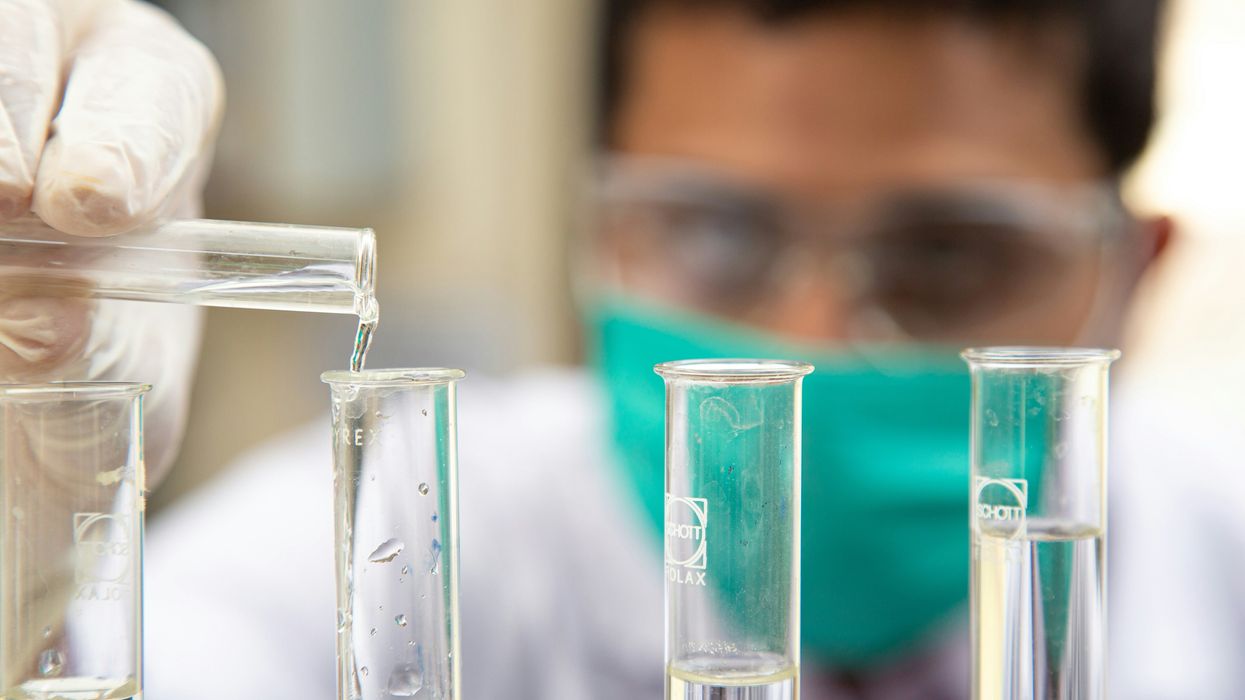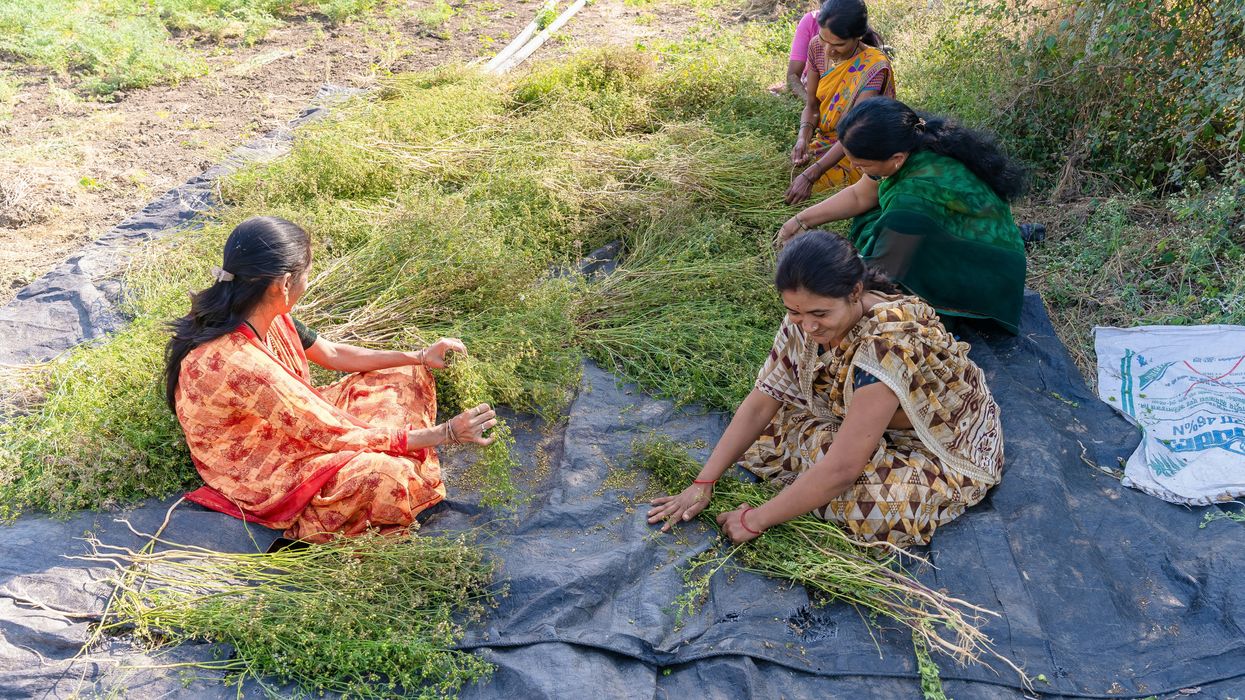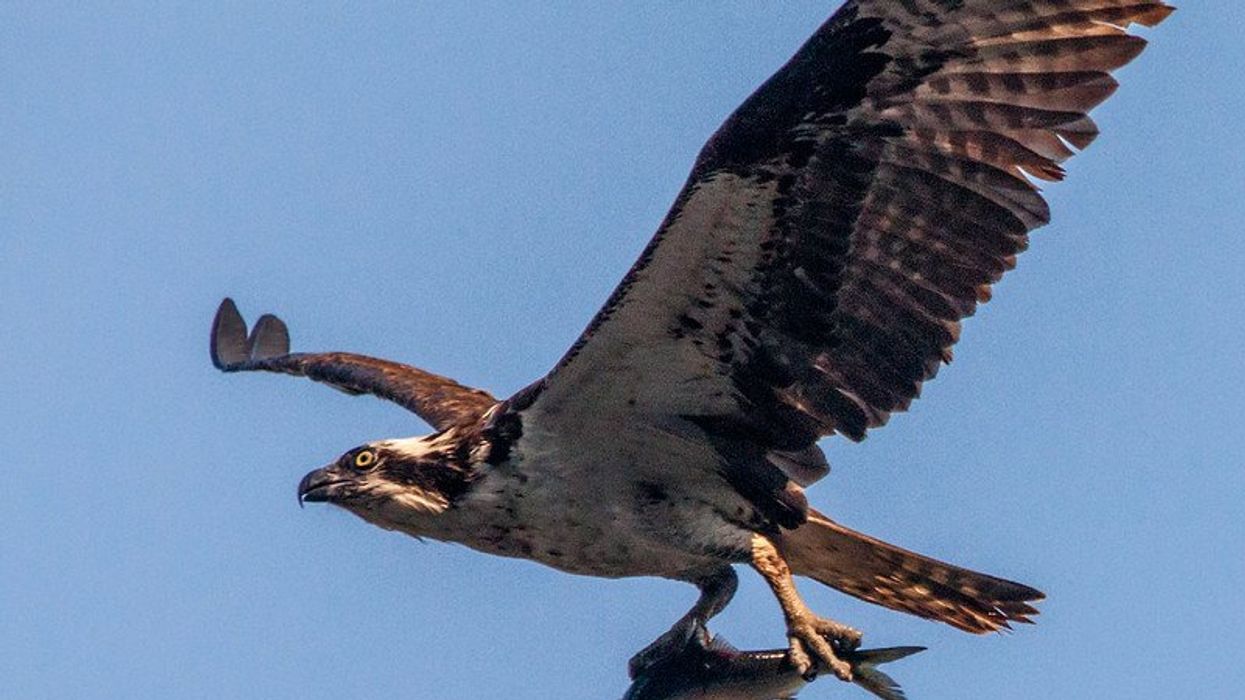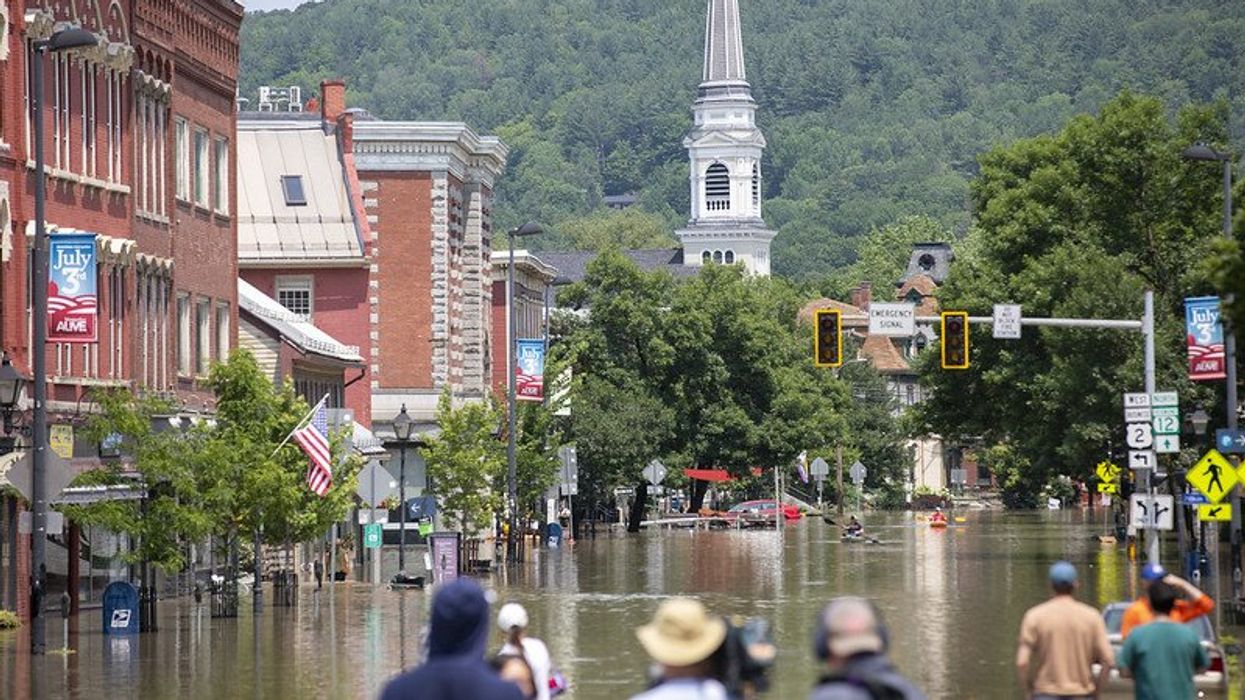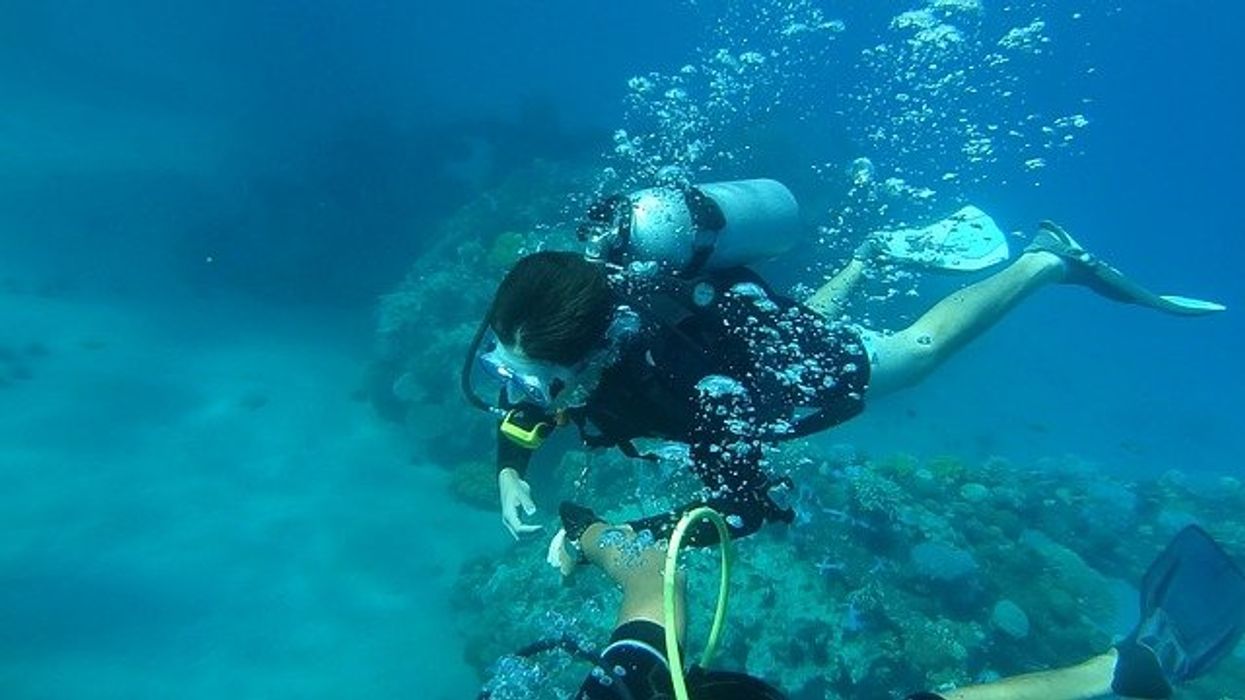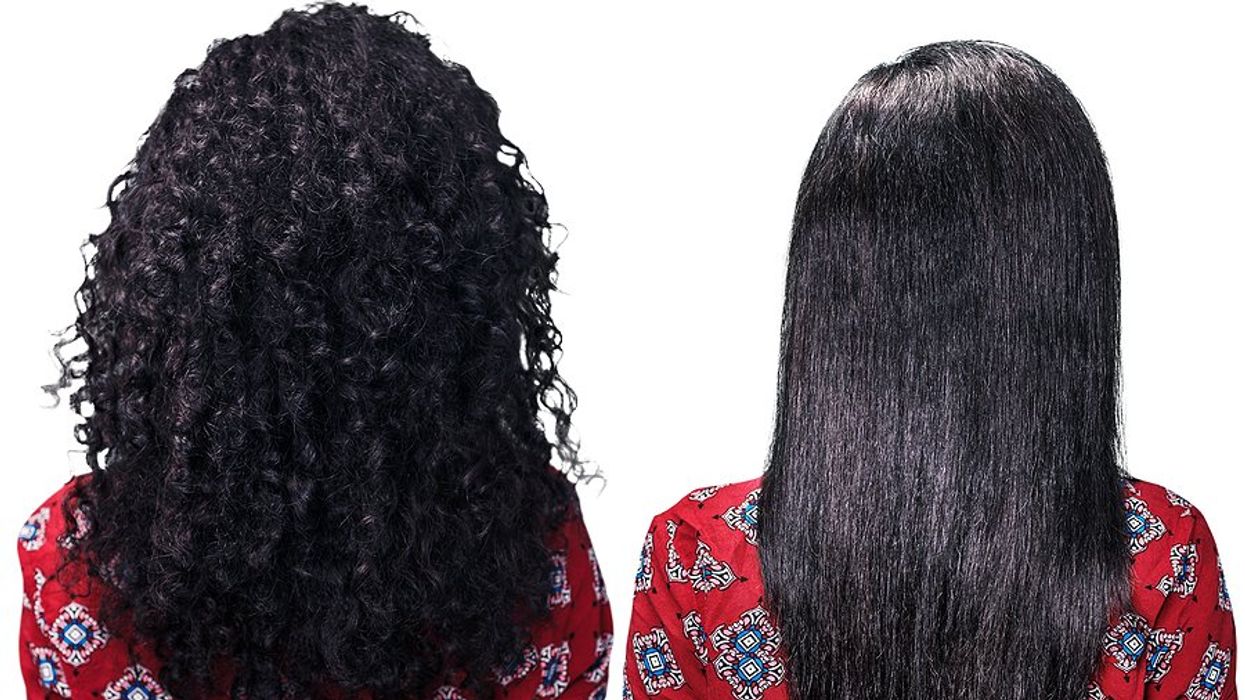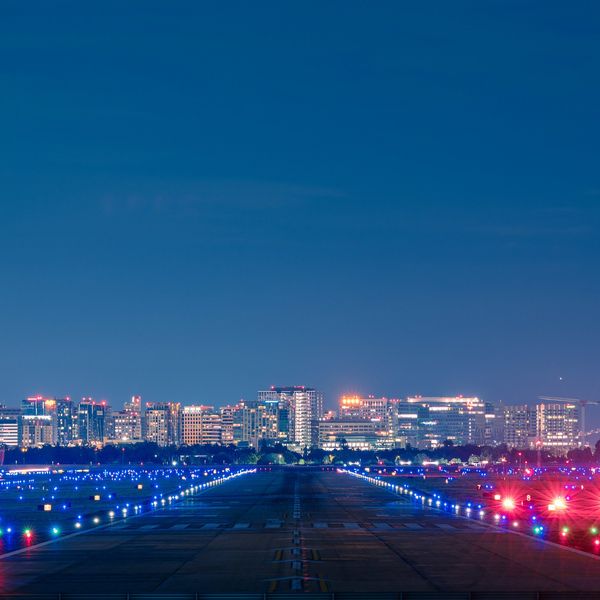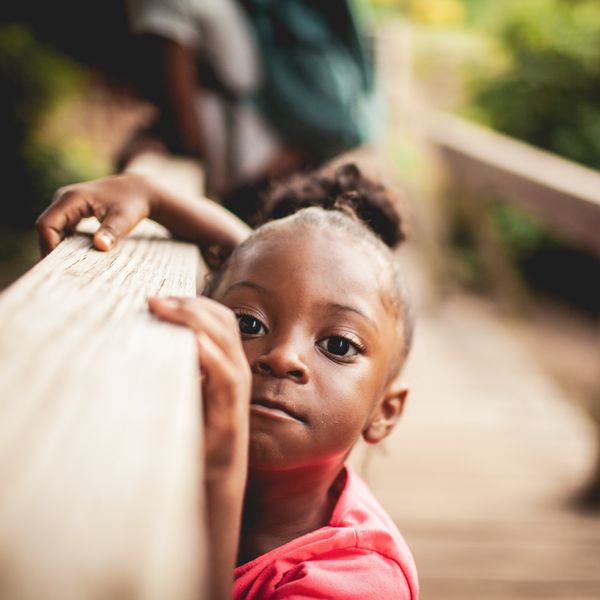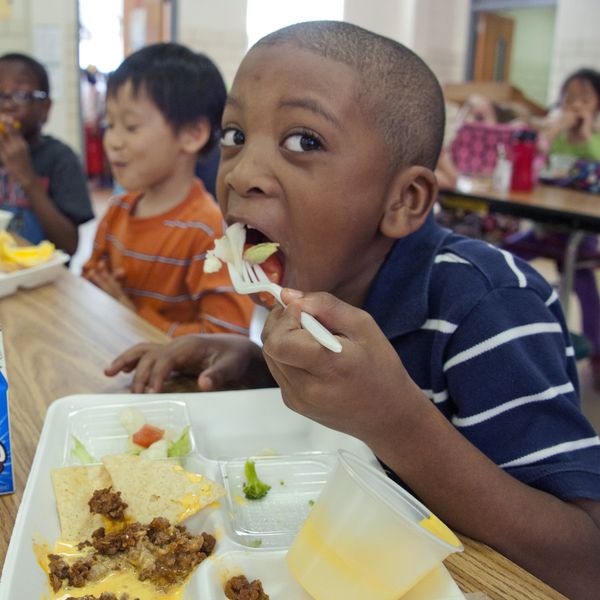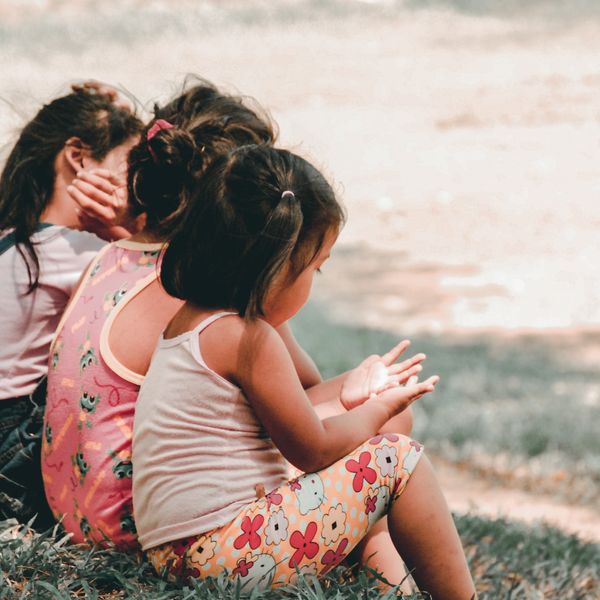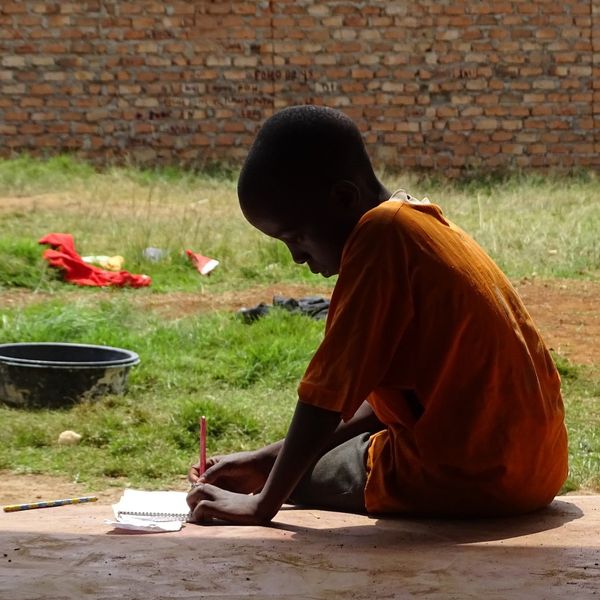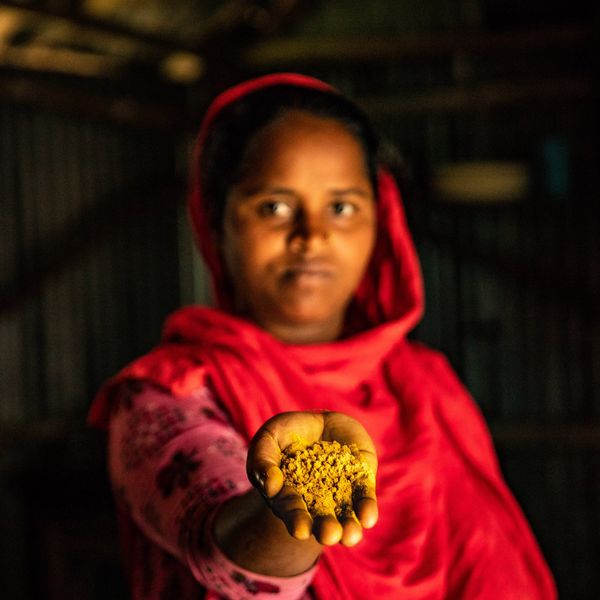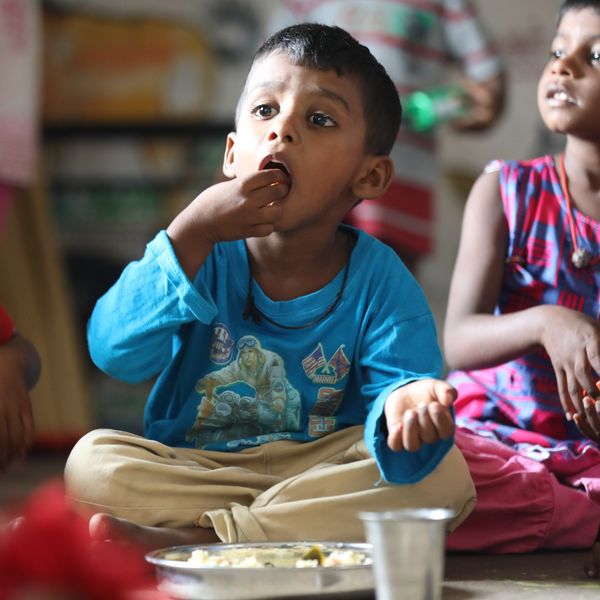NAPA, Calif.—Sonny, a 10-month old, crawls through the tunnel of a playground surrounded by fresh cedar wood chips as the sun sets in October. His 4-year-old sister, Lenny, climbs the rungs of the jungle gym as their parents, Rebecca and Omar Chowaiki, keep watch.
"He is the happiest baby. He is so smiley," Rebecca Chowaiki said of her son. "We named him Sonny because it was a hard pregnancy, and we knew there would be some obstacles he needed to get over, so we wanted him to have a sunny disposition."
Sonny was diagnosed with a condition called bilateral clubfoot. A specialist put casts on his feet, he underwent surgery to cut his achilles tendon, and he wore orthotic shoes connected by a bar. He also received physical therapy for another condition called hypotonia, which meant he slouched when sitting and his head drooped. This amounted to months of medical appointments. "You just take it as it comes," his mother said.
Related: How wildfires impact your health
Smoking cigarettes during pregnancy can significantly increase the risk of a baby having clubfoot, but Sonny's mother has never smoked a cigarette. "We've been breathing in buildings burning for the last four years," she told EHN. "We've all been smoking in one way or another."
The sky is blue today, but the grass and shrubs are crisp as kindling. Officials declared red flag warnings in recent weeks, meaning the dry and windy conditions are perfect for wildfires to ignite and rapidly spread. "When that happens, we brace ourselves," Chowaiki said.
Since 2017, wildfires have swept Napa and nearby Sonoma each fall. The summers are hotter and last longer, and rain is less frequent. The fires have cast a thick fog of smoke over the region, lasting for weeks or months. Chowaiki breathed the smoke in 2017, 2018, and 2019 leading up to Sonny's conception.
Omar Chowaiki displays a photo of his son, Sonny, with leg casts after surgery for clubfeet, at his home in Napa, California on October 9, 2021. (Credit: David Ryder)






A hill rises behind the playground. Chowaiki can see it from her kitchen window. It's a source of anxiety for her — fires have reached the other side of the hill in previous years.
"It's really scary. There's a lot of PTSD. You go to sleep thinking: 'OK, if I have to wake up suddenly and I see the hill is on fire behind me, I'll tell my husband, you grab our daughter, I'll grab our son, and we'll just hope that the dogs follow us.' "
Chowaiki doesn't draw a direct link between Sonny's condition and the wildfires — "we don't live in a vacuum," she said — but she recently enrolled in a study at the University of California, Davis, that is examining birth outcomes of people exposed to wildfire smoke. After years of inhaling the stuff, she is curious how it affected her body and child.
Climate change-fueled fires in California are increasing in severity every year, blanketing the western U.S. and Canada in ominous smoke that can be seen from space. Since the 1970s, California's average summer temperatures have increased by 1.4 degrees Celsius, and the state has seen a five-fold increase in acreage burned, according to a Reuters data analysis. Some parts of California now experience double the number of fire weather days per year compared to the 1970s, according to Climate Central. Wildfire smoke is reaching further across the continent, as far as Toronto and New York in summer 2021. As both wildfires and populations grow, more people are exposed to smoke that contains plastics, heavy metals from burned buildings and vehicles, and tiny, dangerous particles that can travel deep into the lungs and enter the bloodstream. Scientists know that wildfire smoke increases the risk of asthma for children, and heart disease, heart attack, stroke and death for adults.
Now scientists believe smoke and stress from wildfires also likely play a role in adverse pregnancy outcomes, such as low birth weight, preterm births — and even miscarriages.
Wildfire smoke and birth outcomes

Tinted orange by wildfire smoke from Oregon and southern Washington, the sun lowers behind a hill in Kalama, Washington on September 9, 2020. Across the state line, in Oregon, officials have given Level 3 "go now" evacuation notices to at least half of Clackamas County due to multiple wildfires. (Credit: David Ryder)
Each year, of the 3.75 million live births in the U.S., about 500,000 babies are born prematurely and 120,000 babies have birth defects, according to the US Centers for Disease Control and Prevention. Nonsmoking pregnant people who are exposed to tobacco smoke have a higher risk of preterm birth, low birthweight, and miscarriage, the CDC says. Air pollution can also contribute to low birthweight or preterm birth, even at levels below the federal Environmental Protection Agency's standards.
About an hour's drive from Napa, scientists are investigating whether to add wildfire smoke to the list of risk factors for adverse birth outcomes. In the city of Davis, California, about 4,000 rhesus macaques, a primate roughly the size of a housecat, live in dozens of outdoor cages as big as gymnasiums. Since the 1960s, the California National Primate Research Center has studied the monkeys because they are biologically close to humans. But recently the primates became the subject of unplanned research released in September.
In November 2018, at the peak of monkey mating season, smoke from the Camp Fire about 100 miles away cloaked the cages. Researchers followed the monkeys' pregnancies, and when it was time to give birth in the spring, they found the primates exposed to smoke had a higher rate of miscarriages.
In the nine previous years, the monkeys breathing clean air had an average live birth rate of 90%. The monkeys exposed to wildfire smoke in 2018 had a live birth rate of 82%— an 8% drop.
Bryn Willson, an OB/GYN resident at UC Davis and lead researcher on the primate paper, told EHN she was surprised the effect wasn't worse. "There were still several primates that got pregnant right at the peak of poor air quality, and they went on to deliver healthy [babies]," she told EHN. Willson said another team of researchers plans to follow the monkeys born after the 2018 wildfires to see how the smoke affects them long-term.
The monkey study is part of an emerging body of research.

A crow is silhouetted by the sun, which is tinted orange from wildfire smoke, on September 11, 2020 in Medford, Oregon. Hundreds of homes in nearby towns have been lost due to wildfire. (Credit: David Ryder)
In 2012, UC Berkeley scientists found that the 2003 southern California wildfires were associated with a slightly reduced birth weight, and in 2019, research by the Colorado School of Public Health linked wildfire smoke to preterm births. Low birth weight is associated with a higher risk of infant mortality, and disease or inhibited cognitive development later in life. Babies born too early can have learning disabilities and visual and hearing conditions, according to the World Health Organization.
New research suggests wildfire smoke may increase the risk of miscarriages for humans, too.
In an unpublished paper currently under peer review, Stanford researchers looked at data to see if the apocalyptic 2020 wildfire smoke that turned day to night on the west coast correlated with the number of people experiencing miscarriages at the Stanford ER near San Jose, California. Compared to years with no smoke, they found that the likelihood of a lost pregnancy during the 2020 wildfire smoke event increased by 29%.
"They're big numbers," Marshall Burke, who co-authored the paper with lead researcher Bibek Paudel, told EHN. Burke also contributed to a previous paper that found that one day of medium- to high-intensity wildfire smoke exposure increased the likelihood of preterm birth by 1%, meaning that two weeks of exposure led to a 14% increase in likelihood of preterm birth. "It's consistent with our other paper," he said of the ER data. "In-utero exposure to wildfire smoke can dramatically worsen birth outcomes."
Burke said it's "absolutely possible" that smoke contributed to Sonny's condition, and Chowaiki is right to be curious. "I don't think we have the smoking gun study on birth defects in particular, but everything we've found about the effects of wildfire smoke on pregnancy outcomes suggests that it could have a range of negative outcomes."
While policy changes over the last 30 years have decreased dangerous air pollution from vehicles and industry in California, Burke said megafires are now contributing a larger proportion of that poor air quality — about half the air pollution in the state. "The state overall has seen pretty impressive declines in exposures to these pollutants, [but] wildfires are pushing in the other direction," Burke said. "They are increasing exposures again."
What does wildfire smoke do to our bodies?
Rebecca Schmidt, associate professor at the UC Davis School of Medicine, is in the midst of a study following people who were pregnant during the megafires in 2017, 2018, 2019, and 2020. Chowaiki enrolled in her study.
"Our hope is to be able to follow the kids from these pregnancies as they get older and look at various outcomes, because there has been very little done [on respiratory outcomes later in life]," Schmidt told EHN.
Schmidt is sampling participants' hair for heavy metals that could be from the wildfires. She is also collecting placentas for testing.
An Australian doctor found that placentas of people who were pregnant during wildfires looked similar to those of people who had smoked a pack a day of cigarettes, but Schmidt hasn't seen anything like that in California placentas. "It hasn't been replicated yet, and it was a small study, but it does give pause on, is this something we should be concerned about?" she said.
Scientists don't know how wildfire smoke might affect fetuses in the womb, but they have some theories.
Similar to cars and industrial plants, wildfires emit tiny particles like PM 2.5 and PM 0.1 that are so small they can cross from the lungs into the bloodstream and travel all over the body. "They tend to give rides to other contaminants," Schmidt said. "Things like heavy metals piggyback on those small particles and also get deep into the lungs and other places. And that causes inflammation. In general it's not good to have inflammation for health."
Schmidt said inflammation from infection can disrupt the placenta and lead to issues like preterm delivery, low birth weight, and stillbirth.
Willson has a theory, too. The Camp Fire that blanketed the monkey cages in smoke was the most destructive fire in California history, incinerating more than 18,000 buildings. Sampling from the Camp Fire smoke showed it contained oxidized organic material from burnt trees and also phthalates, which are known to disrupt endocrine pathways in the body, affecting metabolism and damaging DNA, from burnt furniture and buildings. Phthalates have been linked to abnormal fetal development and adverse outcomes after birth.
"When buildings are burned and furniture is burned, you release into the atmosphere other toxic compounds that include things like phthalates, which we know are not good for humans to breathe in," Willson said.
Willson said pollutants like PM 2.5, PM 0.1, and phthalates may cross the placenta, but more research is needed to confirm this.
Stress from wildfires

Rebecca Chowaiki holds her son, Sonny, at a park near their home in Napa, California on October 9, 2021. (Credit: David Ryder)
Schmidt surveyed parents about their symptoms from the wildfires. Short-term effects included coughing, irritated eyes, and sore throat. But one of the most common symptoms was long-term stress and anxiety from proximity to wildfires. "Even up to a year later, they were still experiencing a high level of stress and anxiety," she said.
Stress can ramp up inflammation in a similar way to smoke, she explained, meaning pregnant people could face double exposure from smoke and mental health impacts. She pointed to a study showing that stress is a risk factor for outcomes like preterm delivery.
Chowaiki said her pregnancy with Sonny was "extremely stressful" due to the pandemic and in-utero diagnosis of his bilateral clubfoot.
She also feels climate anxiety. Her daughter Lenny was born prematurely during the fall 2017 wildfires. While she was in the ICU, the hospital briefly lost power. Since then, whole towns in California have burned to the ground. "I know so many people at this point who have lost their homes," she said. She knows her home may not be here next year.
Protecting pregnant people from wildfire smoke

Rebecca Chowaiki and Omar Chowaiki pose for a portrait with their son, Sonny, and daughter, Lenny, at their home in Napa, California on October 9, 2021. (Credit: David Ryder)
Burke recommended that people stay inside when it's smokey, close windows and doors, and invest in indoor air filtration. If they can't filter the entire house, they should filter one room and stay in there as much as possible. He extended this advice to people living far away from fires; in summer 2021, smoke from wildfires drifted across the continent into cities like Toronto, Boston, and New York.
Burke acknowledged that not everyone can afford to filter indoor air, and some people work outside, like construction and agricultural employees. In that case, he said N-95 masks can help reduce exposure to smoke, but employers and regulators must take responsibility for protecting workers, whether it's from heat waves or wildfires.
"It's our broader responsibility to limit their exposures — that means reducing the amount of wildfire smoke in the air. That's the fundamental thing we need to do," he said.
In wildfire season, Chowaiki checks the air quality from different sources so she knows when to stay inside. If she has to go outside in the smoke, she wears an N-95 mask.
"If you put a frog into boiling water, it's going to jump out, but if you put a frog into water and you heat it up slowly, it will stay there until it dies," Chowaiki said. "I feel like that's what we're doing. We're allowing this to become our normal, and it never should have been normal."
Banner photo: Sonny Chowaiki sits in the arms of his mother, Rebecca, at a park near their home in Napa, California on October 9, 2021. (Credit: David Ryder)


